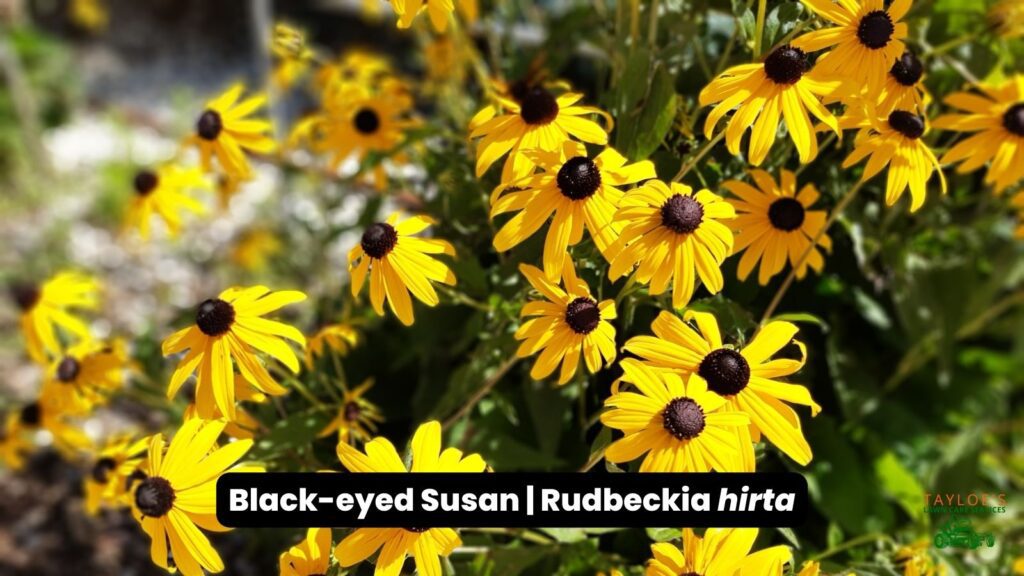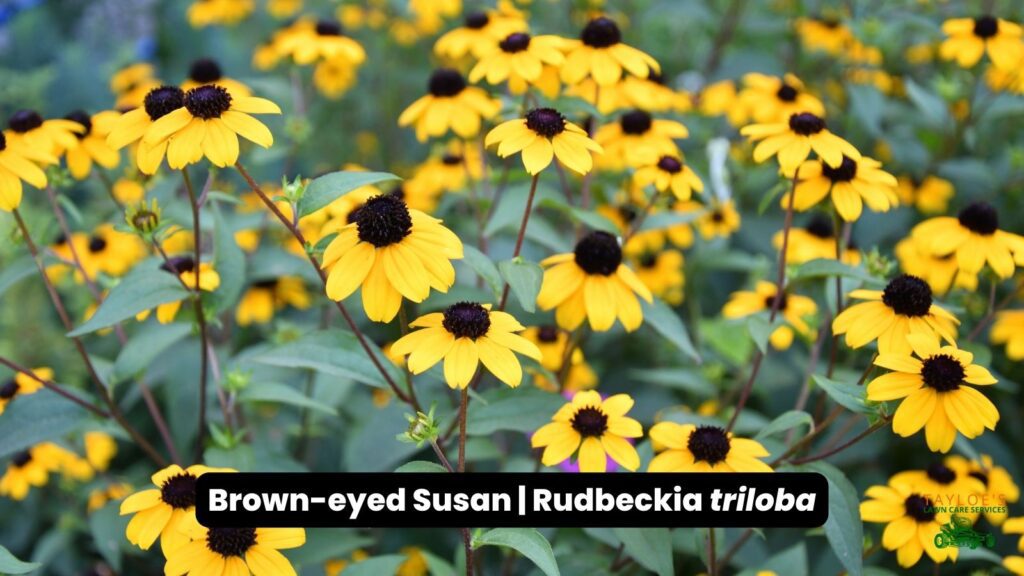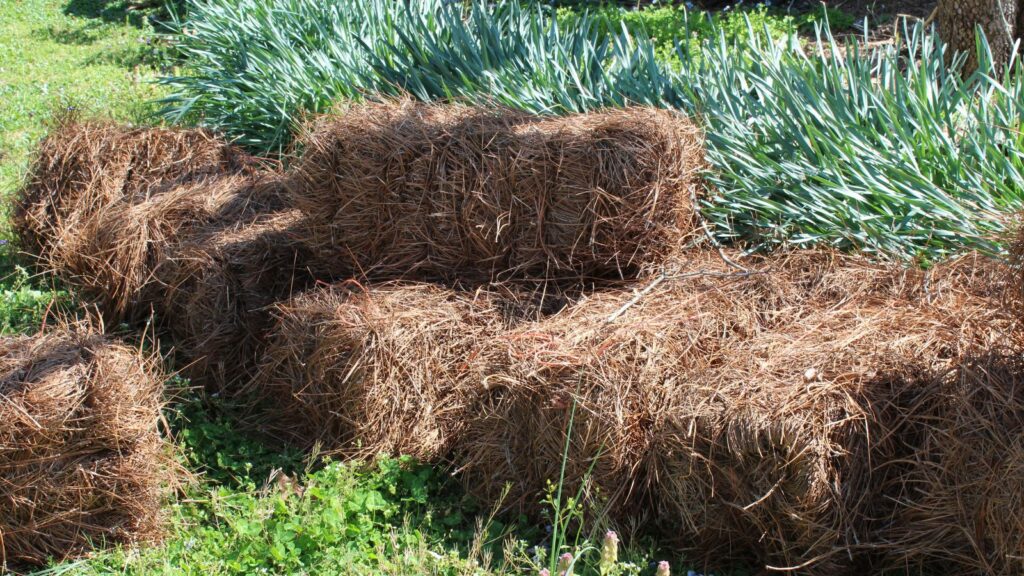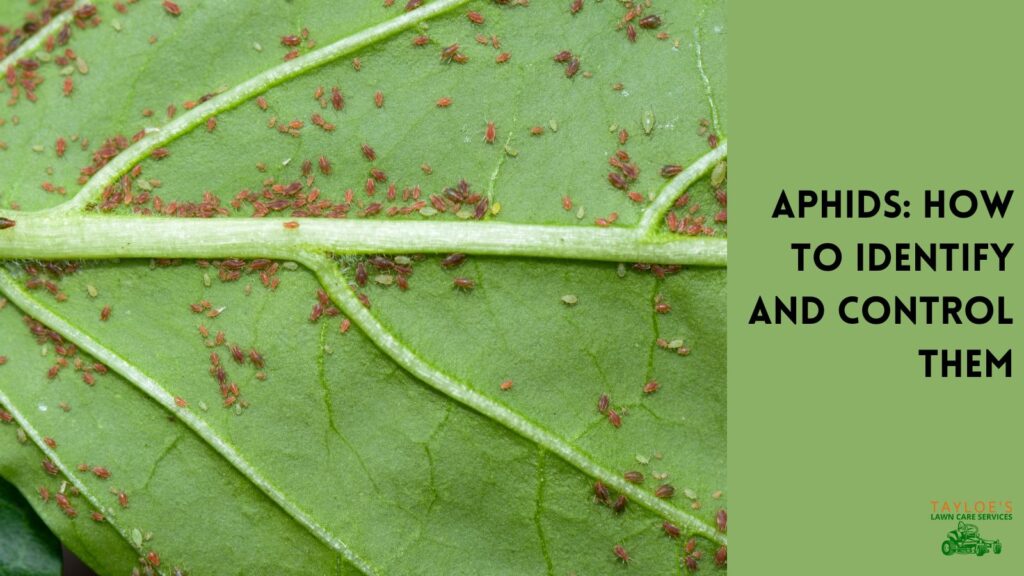Last Updated on: 9th December 2023, 04:52 pm

Here’s how to prepare these flowers for winter.
As the winds continue to blow ever-chillier air, gardeners focus on preparing their gardens for winter. Among the many plants that need a little bit of special attention are the Black-Eyed Susan (Latin: Rudbeckia hirta) and its close relative, the Brown-Eyed Susan (Rudbeckia triloba). These cheerful perennials share similar care needs, so I’ll address them together in one article. Here’s a quick guide to overwintering Black-Eyed Susan.
Taking a few moments to give these beauties the attention they need during these last days of fall helps to ensure they’ll return in all their glory in the spring.
Why Worry About Overwintering Black-eyed Susan and Brown-Eyed Susan?
Before we discuss pre-winter care, let’s appreciate the beauty of Black-Eyed Susans. These plants are beloved for their bright golden yellow petals and almost black centers – it makes for a stunning contrast that enlivens any garden. They are hardy and resilient and will thrive in many soil types, making them a favorite among novice and experienced gardeners.
Like their counterparts, Brown-Eyed Susan is a delightful addition to any garden. These charming perennials are distinguished by their smaller yet equally vibrant yellow petals surrounding a distinct brownish-purple center. They share the hardiness and resilience of the Black-Eyed Susan, adapting well to almost every environmental factor.
Both are cold-hardy. The plants will likely survive the winter without you doing anything at all. However, this care increases the chances of them surviving and coming back as healthy as ever in the event of a colder-than-expected North Carolina winter.
Overwintering Black-eyed Susan Prepares Them for Winter Dormancy
Black-Eyed Susans and Brown-Eyed Susans enter a dormant phase during the winter in our area. This dormancy is a natural survival mechanism for many short-lived perennials in response to colder temperatures and reduced daylight hours.
During this dormant period, the above-ground parts of the plants die back, and their growth processes slow down significantly. The plant’s energy is conserved in its roots, which remain alive underground. This dormancy period is crucial for the plant’s survival, allowing it to withstand the winter cold and prepare for new growth in the spring.
Recognizing this dormancy is essential for proper winter care. It explains why practices such as cutting back the plants, applying mulch, and reducing watering are necessary. These steps help to protect the plants during their dormant phase and ensure they have the best chance of thriving once the growing season resumes.
Overwintering Black-eyed Susan and Brown-eyed Susan.
Here are the care essentials that can help prepare these perennials for the winter:
Cutting Back
Black-Eyed Susan is done for the year as autumn fades into the cold winter. This phase signifies the perfect time for gardeners to start the cutting-back process. Trimming the stems down to about two to three inches above the ground level is crucial. This height is optimal because it allows the plants to retain enough energy and structure to regrow in the spring while minimizing the risk of disease and pest infestation.
Dead or fading foliage can harbor unwanted guests like fungi and harmful insects, which can overwinter and cause problems in the following growing season. Removing this potential hazard is a key step in ensuring the health and longer lifespan of your black-eyed Susan or brown-eyed Susan.
Mulching
Once the cutting back is complete, the next step is to apply a two-inch to three-inch protective layer of mulch surrounding the base of the plants. This layer of mulch functions like a cozy blanket for the roots, offering much-needed insulation against the fluctuating and often harsh winter temperatures.
The choice of mulch is important: organic materials like pine straw, shredded leaves, or pine bark provide excellent insulation and contribute to the soil’s nutrient profile as it decomposes. A layer of mulch helps maintain a stable soil environment, protecting the roots from extreme cold and temperature variations that can be damaging.
Need Pine Straw?
Call us at 252.287.3376 for pinestraw delivery and spreading – leave the work to Tayloe’s Lawn Care Services, LLC.
Winter Watering Is Not Necessary
Many gardeners love black-eyed susans for their drought tolerance, which serves them well during the active growing months. Both species (black-eyed and brown-eyed) are dormant in the winter. Watering is unnecessary.
Dividing and Replanting
Over time, black-eyed Susans can become overcrowded, leading to diminished health and vigor. Gardeners should divide their plants every 3-4 years to combat this. This process involves gently lifting the plants, separating them into smaller sections, and replanting these sections at appropriate distances from each other.
Performing this task in the fall is advantageous as it allows the plants to establish their roots in the new location before the onset of winter, ensuring a robust start in the spring. Dividing not only invigorates the existing plants but also provides an opportunity to expand the garden’s floral display.
Pest and Disease Control
Even with the best care, Black-Eyed Susan can fall prey to pests and diseases. Common culprits include slugs, snails, and aphids, which can eat away at the plants and affect their growth, which seem to pop out of nowhere on the first warm day.
Regular inspections are the key to catching problems early and controlling these pests. Additionally, fungal infections can be a concern, often indicated by spotted or discolored leaves. Promptly removing any affected plants or foliage is key to preventing the spread of diseases.
Need Help Overwintering Black-eyed Susan or other Pre-Winter Yard Maintenance?
Preparing your garden for winter can be a rather laborious task. But overwintering your black-eyed Susan plants – or any other fall gardening jobs – can be easy for you. Just call us – we will take care of it for you!
For those seeking expert assistance, Tayloe’s Lawn Care Services is here to help. We offer comprehensive lawn care services, ensuring your garden is well-prepared for the colder weather. We can help with late-season garden and lawn care in Murfreesboro, NC; Ahoskie, NC; Aulander, NC; Windsor, NC, and all points between!
Don’t hesitate to contact Tayloe’s Lawn Care Services at 252.287.3376 (call or text) for all your lawn care needs. Our team is ready to assist you in protecting your garden beds so they make it through the winter and help prepare them for a vibrant return in spring.
Author Profile

- Deborah Tayloe is the CEO and co-founder of Tayloe's Lawn Care Services, LLC. She has a B.S.Ed and holds certificates in soil and water management and herbology from accredited programs.
Latest entries
 GardeningSeptember 27, 2025What perennials, shrubs, and trees don’t like fall pruning (and why)?
GardeningSeptember 27, 2025What perennials, shrubs, and trees don’t like fall pruning (and why)? Trees and ShrubsSeptember 14, 2025Fall Shrub Pruning Guide (September–October)
Trees and ShrubsSeptember 14, 2025Fall Shrub Pruning Guide (September–October) Trees and ShrubsApril 22, 2025Boxwood Blight: Early identification and isolation
Trees and ShrubsApril 22, 2025Boxwood Blight: Early identification and isolation Flower GardenApril 8, 2025John F. Kennedy Rose: Hybrid tea rose with elegant white blooms
Flower GardenApril 8, 2025John F. Kennedy Rose: Hybrid tea rose with elegant white blooms









